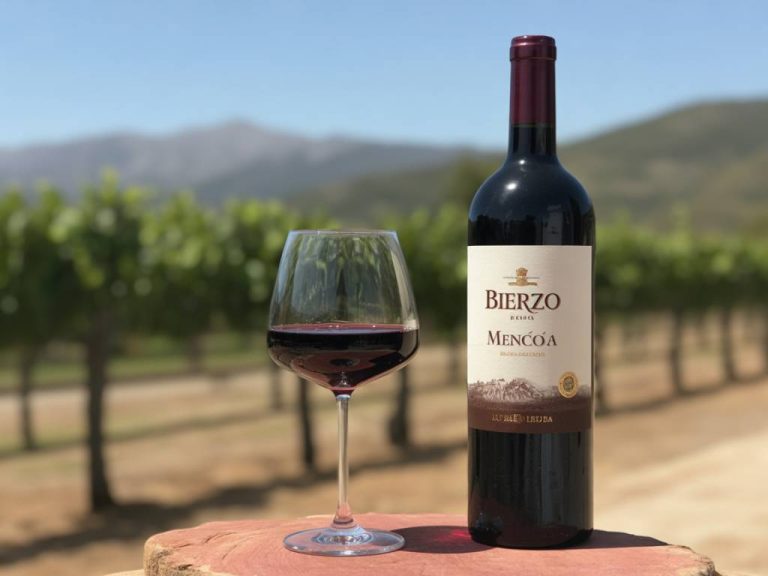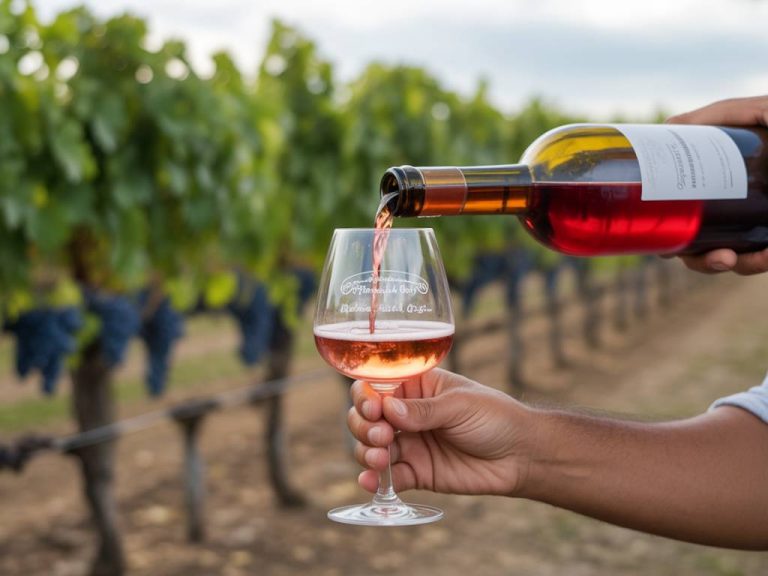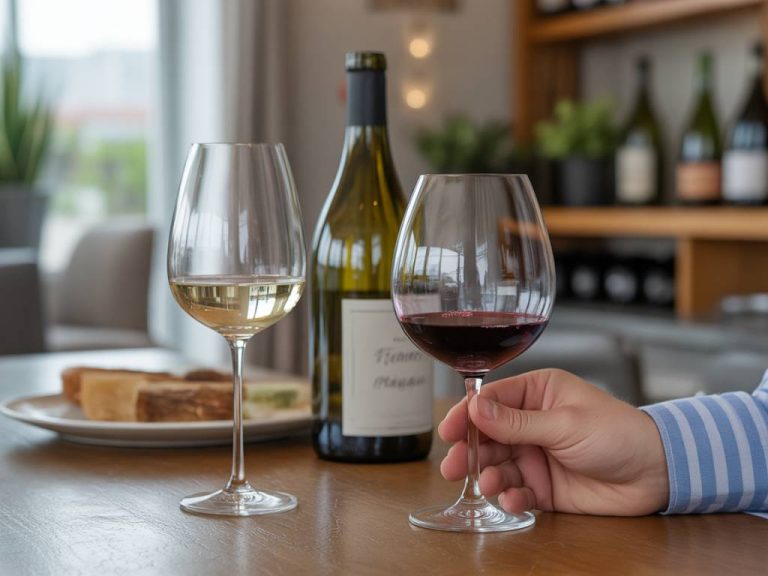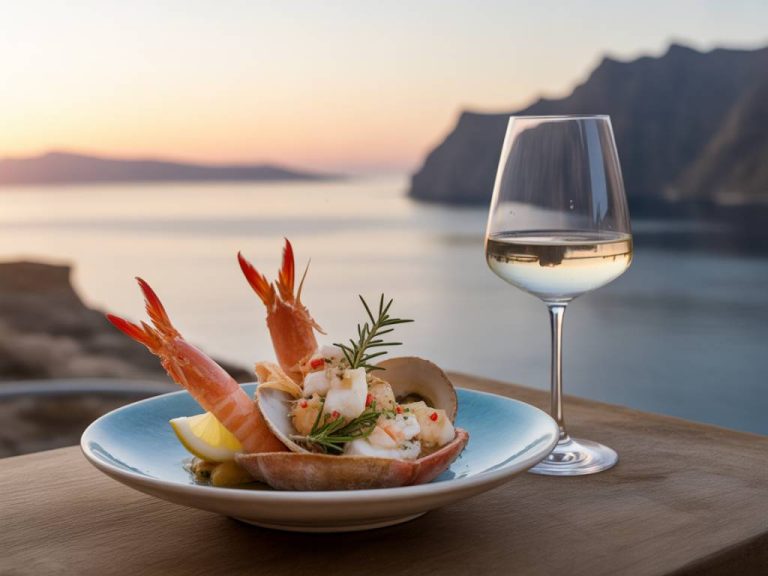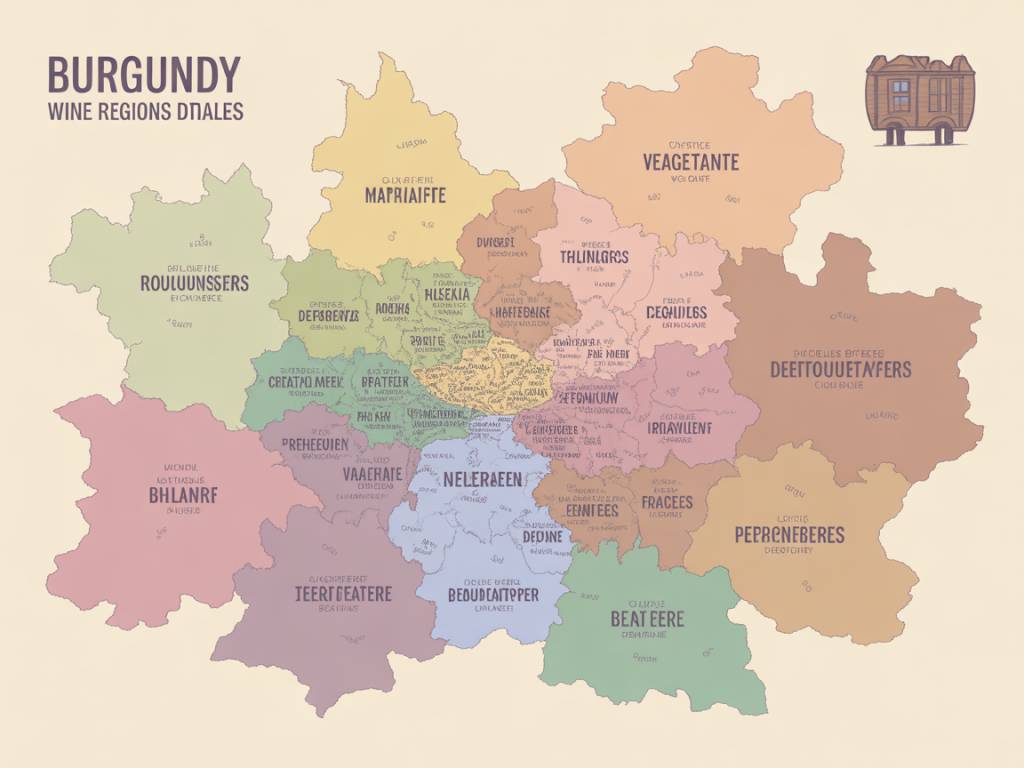
Burgundy wine regions map explained for wine travelers
Understanding the Burgundy Wine Regions: A Map for the Curious Traveler
If you’re planning a wine-inspired journey through France, odds are Burgundy is already on your radar. Known as « Bourgogne » in French, this region holds a legendary status among wine aficionados — and for good reason. But for many travelers, Burgundy’s complex patchwork of subregions, appellations, and villages can be as intimidating as it is exciting.
So let’s simplify the map, sip by sip. Whether you’re standing in a centuries-old cellar in Beaune or eyeing a bottle labeled « Nuits-Saint-Georges » at your local shop, understanding the geography of Burgundy is your passport to tasting with purpose.
The Big Picture: Burgundy from North to South
Burgundy spans roughly 230 km (about 145 miles) from north to south and is divided into five main wine-producing areas:
- Chablis
- Côte de Nuits
- Côte de Beaune
- Côte Chalonnaise
- Mâconnais
Each subregion has its own personality, grape varietals, and winemaking philosophy. What ties them together is an unwavering dedication to terroir — the idea that every slope, soil, and sunbeam shapes the wine in your glass.
Chablis – The Steely Purity of Chardonnay
Let’s start at the top. Chablis is Burgundy’s northernmost region, separated from the rest by about 100 km of rolling pastures. It always surprises visitors with its cool climate, making it a haven for unusually crisp, mineral-driven Chardonnay wines.
Think oysters, seafood, or creamy goat cheese — that’s your Chablis pairing trifecta.
Within Chablis, there are four tiers of quality:
- Petit Chablis: Light and easy-drinking, perfect for aperitif hour.
- Chablis: The standard tier, offering taut minerality and citrus zing.
- Chablis Premier Cru: From specifically designated vineyard plots with greater complexity and aging potential.
- Chablis Grand Cru: Seven prized climats just above the town of Chablis, delivering serious structure and depth.
As a traveler, don’t miss the charming town of Chablis itself. It’s compact, peaceful, and dotted with low-key tasting rooms where locals pour from bottles that rarely leave France.
Côte de Nuits – The Red Diamond of Pinot Noir
Heading south, you enter the beating heart of red Burgundy: the Côte de Nuits. If names like Gevrey-Chambertin, Vosne-Romanée, or Chambolle-Musigny sound familiar, you’re in elite company.
The Côte de Nuits is synonymous with Pinot Noir at its most elegant and expressive. These wines are often aromatic, structured, and capable of aging for decades. But here’s the kicker — vineyard land is incredibly fragmented. That means a single village can host dozens of small producers making wildly different wines from the same grape in adjacent plots.
Welcome to the fine art of Burgundy nuance.
A few famous villages you’ll want to mark on your map:
- Gevrey-Chambertin: Bold and muscular Pinot Noir, with plenty of Grand Cru status.
- Vosne-Romanée: Silky, aromatic, and heartbreakingly elegant. Also home to Domaine de la Romanée-Conti, arguably the world’s most prestigious winery.
- Nuits-Saint-Georges: Earthy and structured — a versatile food wine and often a better value among the elite.
Travel tip? Rent a bike and trace the “Route des Grands Crus.” It’s a peaceful ride through vineyard-covered hills, where stone walls and signs mark some of the most hallowed ground in winemaking.
Côte de Beaune – Where Burgundy Red Meets White Royalty
Just south of the Côte de Nuits lies the Côte de Beaune, a region gifted with dual identity. Here, you’ll find both structured reds and, notably, the finest Chardonnays in the world. Yes, that’s right — if Meursault, Puligny-Montrachet, or Corton-Charlemagne ring a bell, you’re tasting Côte de Beaune royalty.
Some standout villages to seek out include:
- Beaune: The unofficial wine capital of Burgundy. Home to the famous Hospices de Beaune and plenty of tasting opportunities.
- Meursault: Rich, nutty, and opulent white wines that balance power with finesse.
- Pommard: Known for its robust red wines with firm tannins — practically built for the cellar.
Here, Premier and Grand Cru sites often sit just a short walk above or below the village centers, making it easy to understand the region’s hierarchal vineyard structure on foot.
Côte Chalonnaise – Hidden Gems and Honest Prices
If you’re seeking value and under-the-radar excellence, the Côte Chalonnaise is where you’ll want to linger. Though often overlooked, this area produces characterful Pinot Noir, Chardonnay, and the signature regional sparkling wine: Crémant de Bourgogne.
The wines here are approachable and less aggressively priced, with producers operating on a smaller, more personal scale. That translates to warm welcomes and the occasional winemaker who insists you try « just one more » sample directly from the barrel.
Villages to watch:
- Mercurey: The red wine capital of the area — firm, fruity, and excellent with roasted meats.
- Givry: A favorite of King Henry IV and still making impressively balanced wines today.
- Rully: Noted for both still whites and excellent Crémant production.
Want to experience something delightful yet off the tourist radar? Schedule a tasting at a Crémant producer and see how Burgundy bubbles compare to Champagne — often at half the price.
Mâconnais – Sunshine, Simplicity, and Charm
Further south, the Mâconnais offers a sunny, more relaxed version of Burgundy. The wines are typically crafted for immediate joy — bright acidity, ripe fruit, and a general sense of down-to-earth deliciousness.
Chardonnay reigns here, and some of the most export-friendly white wines in France hail from this slice of land. If you’ve ever had a bottle of Mâcon-Villages on a patio on a warm afternoon, then you know exactly what we mean.
Important appellations include:
- Mâcon-Villages: Fresh, floral, and easygoing Chardonnay — ideal for fish, chicken, or sipping solo.
- Saint-Véran: Slightly fuller-bodied wines with notes of ripe pear and white blossom.
- Pouilly-Fuissé: The crème de la crème of the region, these wines show depth, minerality, and serious aging potential.
The landscape here starts to resemble neighboring Beaujolais — less formality, more warmth, and a countryside dotted with Romanesque churches and friendly farmhouses.
Making Sense of Burgundy’s Labels
Now that we’ve mapped the territory, let’s decode those intimidating Burgundy labels. French wine law is all about origin, so knowing where the wine comes from tells you an enormous amount about what’s inside the bottle.
Burgundy’s classification system has four key levels:
- Regional AOC: Wines labeled simply as “Bourgogne” — your entry-level option, offering good value and varietal expression.
- Village AOC: Wines named after one of the official Burgundy villages (e.g., Pommard, Santenay, Chablis).
- Premier Cru: Named vineyards within a village that are recognized for superior quality, often noted on the label as “Premier Cru.”
- Grand Cru: The top of the hierarchy — single vineyards with world-class pedigree, massive aging potential, and usually a steeper price point to match.
It may seem opaque at first, but like exploring Burgundy itself, the deeper you go, the more fascinating it becomes.
Final Tips for Burgundy Wine Travel
Here are a few practical pointers to enhance your wine-soaked journey through Burgundy:
- Reservations are essential: Many wineries are small and family-run — plan ahead for tastings.
- Don’t judge by facade: Some of the best cellars are behind inconspicuous garage doors. Knock and be curious.
- Use Beaune as a base: Central and packed with wine shops, markets, and easy access to surrounding vineyards.
- Embrace the picnic: Local boulangeries, fromageries, and charcuteries make for unforgettable roadside feasts between tastings.
Whether you’re a collector, amateur taster, or simply in search of culture and cuisine, Burgundy invites you into a living story of wine — one parcel at a time. With a map in hand and curiosity as your compass, the journey is every bit as rewarding as the wines themselves.
